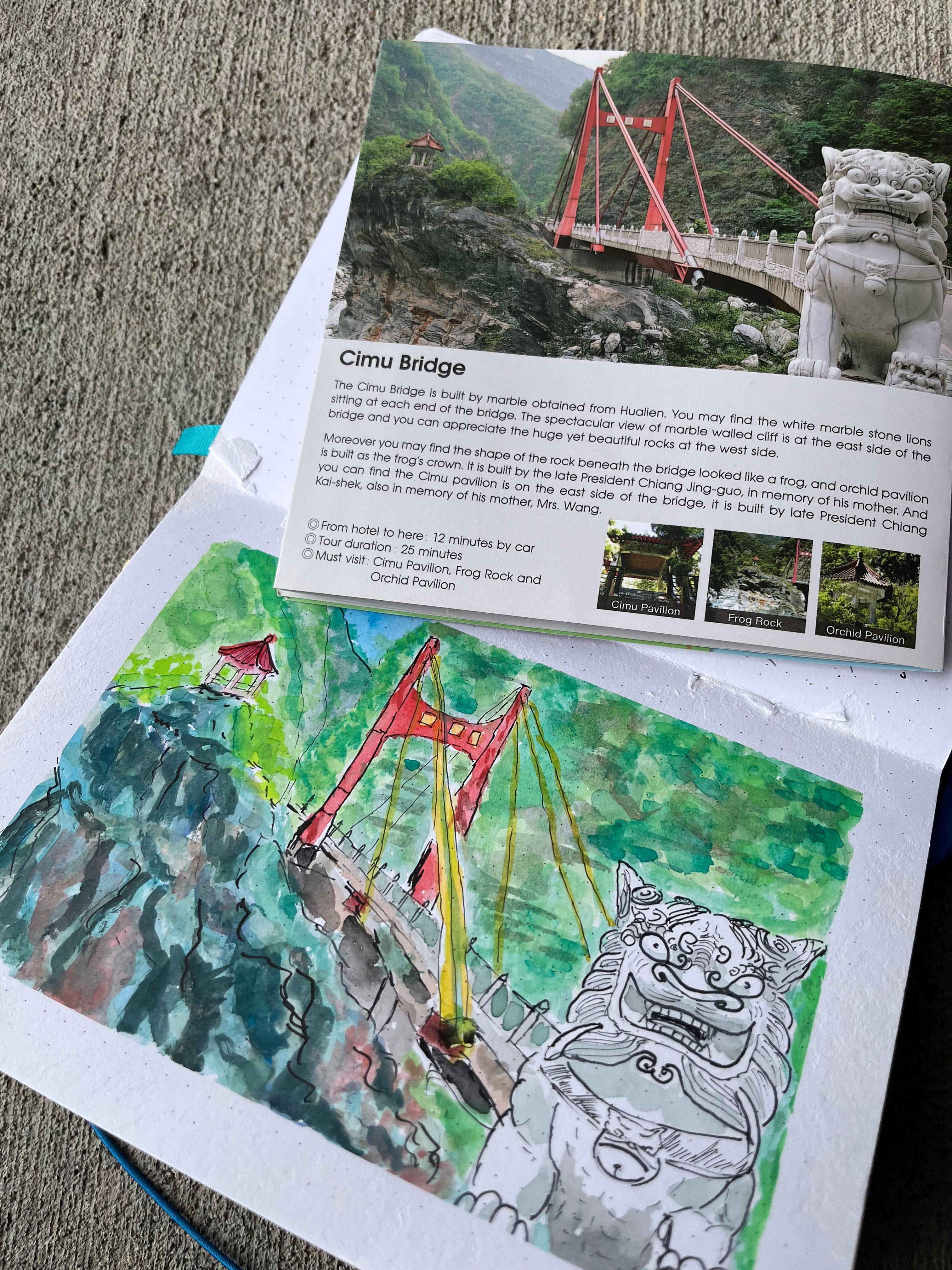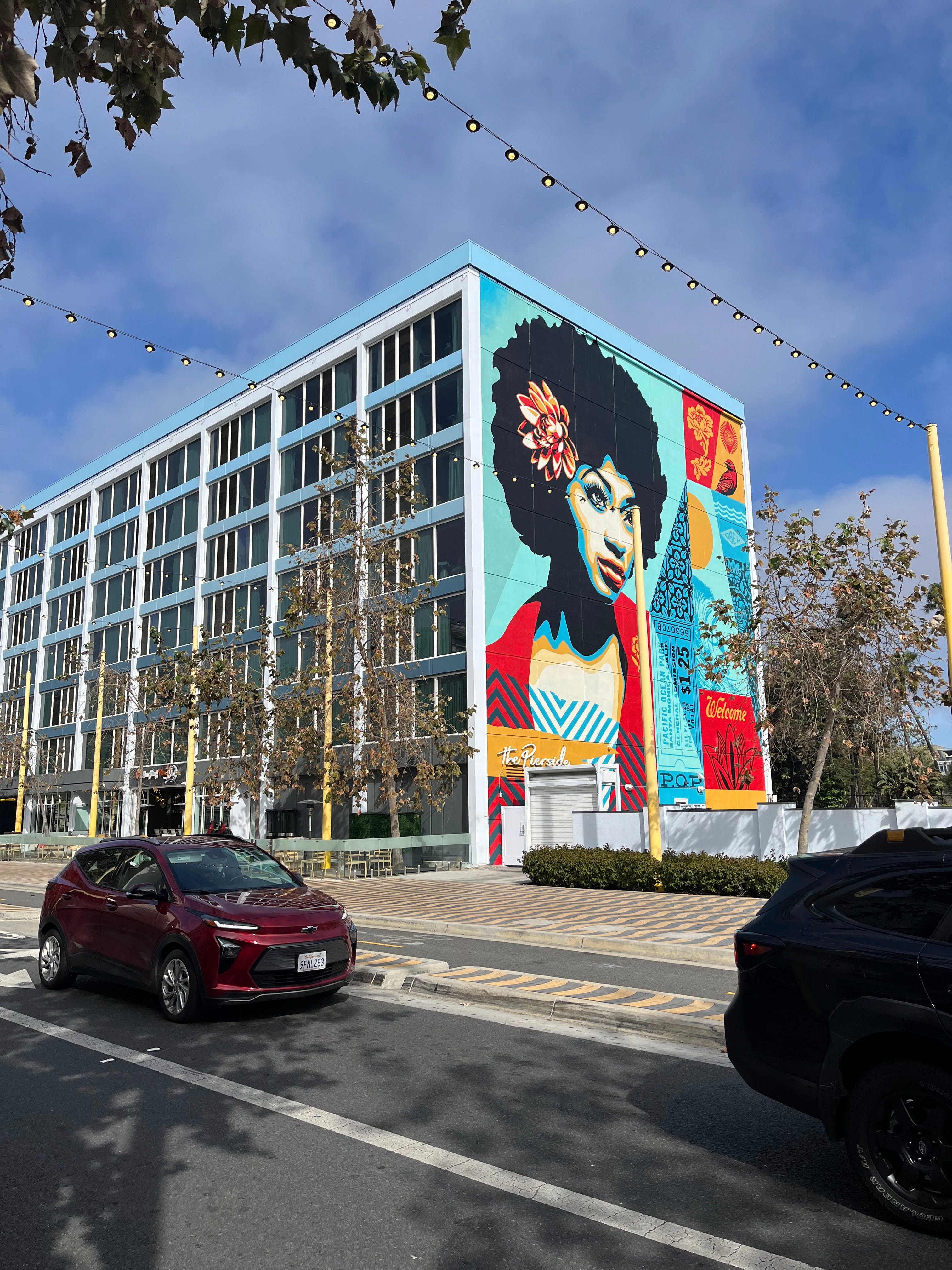Hello to the new folks - to catch you up - we’re doing a literal round-the-world trip. We’ve checked Tokyo (check out part 1 and 2) and LA. We’re in Denver now. For 8 weeks, we’ll reflect on five things that helped us discover something interesting about the place we had just been at.
Although it claims to be part of “Western United States”, Denver is just 340 miles from the exact center of the continental United States — closer to the center of the nation than any other city its size. We’re spending a few days in quintessential middle American suburbia and we love it for what it is. It’s all little boxes made of ticky-tacky but you also notice why this way of life has such a strong hold on the American psyche. Look up “millennials killed suburbs” and you’ll find pearl-clutching articles from 2016…only to be completely negated post-pandemic. The suburbs are definitely not going anywhere anytime soon.
Meanwhile Taiwan, on the other side of the planet, has been on my mind. The first earthquake that hit Hualien county a few weeks ago was followed up by a whole series of quakes this week. We spent one of our most memorable breaks at the Taroko gorge, part of Hualien county. I was so moved by the natural beauty that I still carry around one of their tourist brochures and even brought in on this trip. This week’s art is dedicated to that beauty.

We’ve visited the city of Los Angeles a few times but this time we had the expressed intention to observe it. Attention, when deliberate, can unmask amazing things. From the sprawl to the food to the cars. Here are the finds that showed us something about L.A. we hadn’t seen before:
- TAKING A TOLL I’ve heard so much about empty downtown offices and remote work negating commutes that it was a bit of a mental adjustment to see LA’s famous congestion and traffic thriving. There has been a growing movement to bring tolls into the picture. I know it worked for London and Singapore. And apparently Stockholm as well (I’ll find out more from the locals when I get there in a few weeks). The big difference between those cities and LA is that they all have very robust public transport networks. Cars and traffic are so core to LA’s own self-image, I can’t imagine them taking any drastic steps to move away from that.
- CINEMATIC CRIMES Just weeks before we landed in LA there was an incredible burglary in LA. This ought be a movie. “What’s different about Los Angeles crime is its cinematic quality. Florida crimes are crazy. But Los Angeles crimes are cinematic, and this writes itself as a screenplay. You’ve got the thieves plotting, LAPD robbery-homicide on the other side, and tax-free riches.”
- NO BOUNCE BACK Few cities and industries are as interlinked as LA and Hollywood. But the relationship is now looking tense. By the end of 2022, filming activity in the Greater Los Angeles area had already been on the decline. This downward trend was compounded by the overlapping work strikes and stoppages, which effectively shut down filming across the United States for six months. But now that the strikes are over, the rebound just hasn’t come. Worsening matters, California is finding it particularly hard to bounce back from the walkouts because it’s more expensive to shoot there. That makes Los Angeles less attractive to studios looking to cut costs after major industry disruption.
- SOLAR PRESENT California has hit record-breaking milestones in renewable electricity generation, showing that wind, water and solar are ready to cover our electricity needs. This is great as a one-time feat, but also shows that it is possible to transition with enormous financial benefit to consumers.
- HOMELESSNESS The good thing about traveling with a 4-yr old is that they notice more than you do. And then they ask questions. This makes travel not about sight-seeing but a way to examine why we are the way we are in different parts of the world. Walking down Santa Monica pier, we had to explain to her what homelessness is, but we were ill-equipped to explain why it is. When we spoke to friends, they didn’t seem to fare any better - a range of options from drugs to inequality were presented. I read a 21-page memo from McKinsey on the topic and was (unsurprisingly) not enlightened - they just threw in phrases like “structural impediments” and inane consultantese sentences like “there are no at-scale long-term comprehensive solutions for the chronically homeless”. The piece from New Yorker gets into unpacking language (and with a lot more empathy and nuance than McKinsey) - who are we talking about when we use the term - the state, the aggravated residents, the affected themselves all refer to different groups when they use the term. The interventions and the reactions to it seem to be stuck in a vicious loop cycle, in which the government tries to help the situation quietly, and the loudest residents and homeowners claim that nothing is changing.

